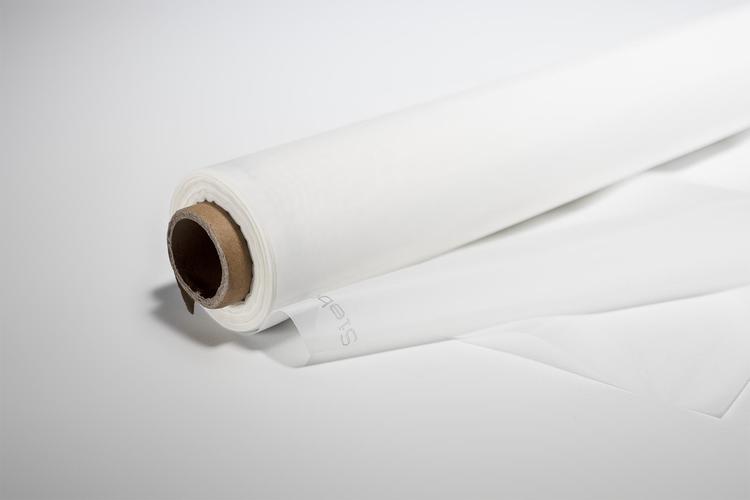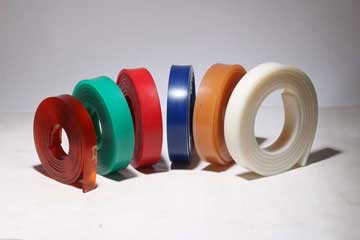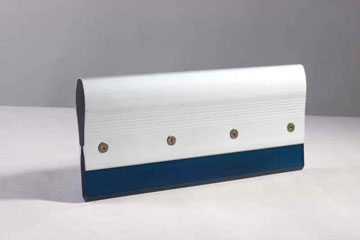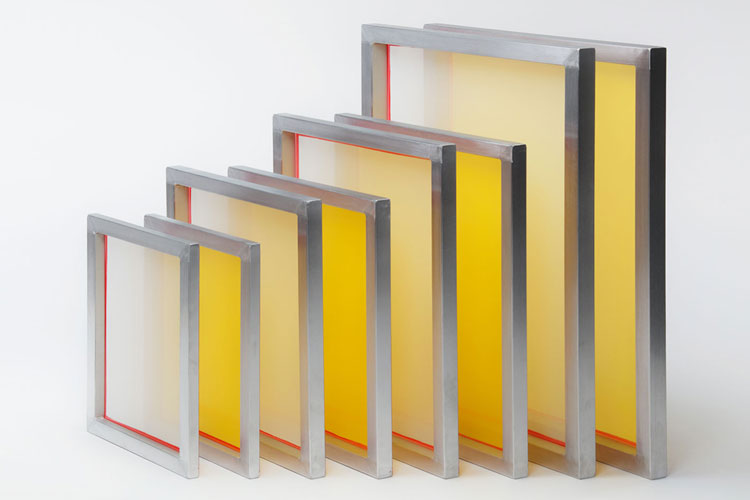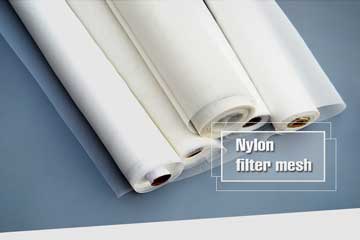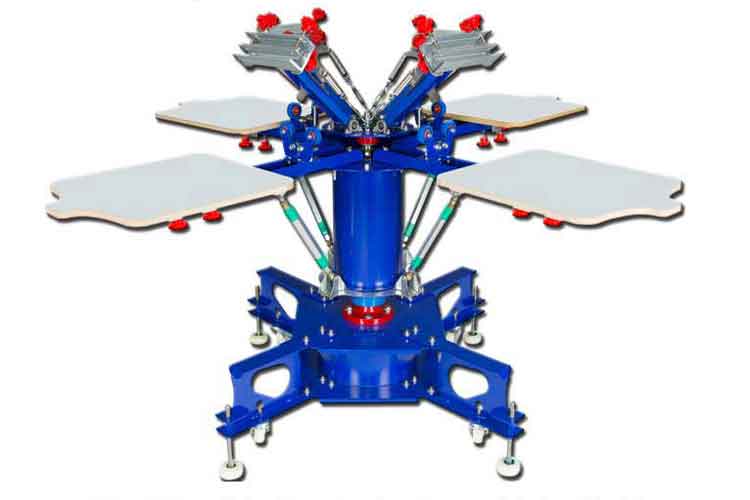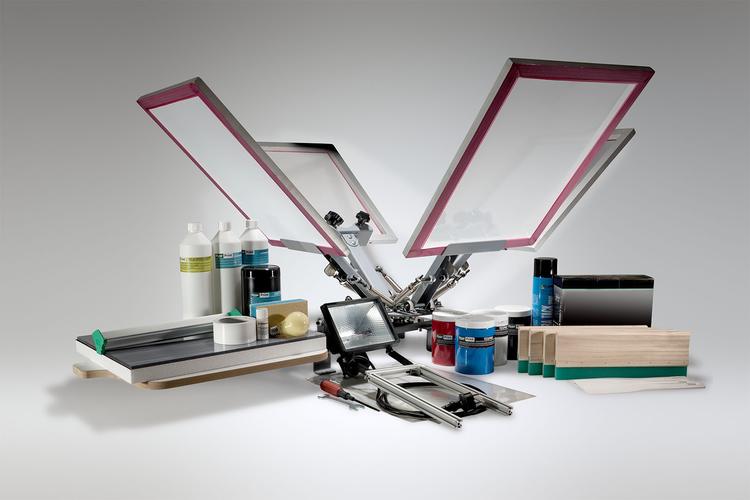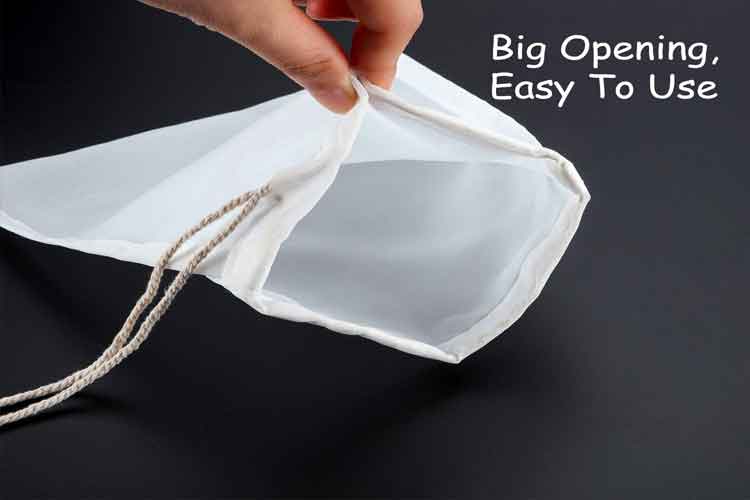Screen printing mainly what mesh?
The most commonly used before the screen varieties are nylon (also known as nylon) mesh and polyester (also known as polyester) screen, the wire is generally only used under specific conditions, silk screen has been basically eliminated. NyThe most commonly used before the screen varieties are nylon (also known as nylon) mesh and polyester (also known as polyester) screen, the wire is generally only used under specific conditions, silk screen has been basically eliminated.
1.Nylon (nylon) mesh
Nylon mesh, also known as nylon mesh, nylon monofilament knit, woven into heat resistance, dimensional stability. Plain up to 380 mesh, twill weave greater than 330 mesh.
Nylon mesh has the following characteristics: Nylon mesh surface is smooth, the ink through the good, you can use the viscosity and particle size of the ink, so you can get a fine print design; Use fine mesh wire mesh, suitable for thin lines Painting patterns and printing outlets; flexible, with appropriate flexibility, good adaptability of the substrate, suitable for printing bump and surface; tensile strength, knuckle fastness, flexibility and abrasion resistance, long life ; Acid, chemicals and organic solvents, good performance, renewable easy to use, especially for alkali is extremely strong resistance.
Nylon mesh should be noted that the following points: Nylon mesh and polyester, silk screen compared to its elongation, in order not to cause a printing failure, to increase the stretch tension, then shrinking force will be larger, So require the use of strong strength of the network of frames and Stretching Machine; because of its low heat resistance, if the hot-melt method will be fixed in the frame on the network, from the operational point of view is difficult; intolerance of acid, carbolic acid, cresol , Formic acid and other erosion; a slight impact on its ultraviolet light, take care to avoid the light custody.
2. Polyester (polyester) screen mesh
Polyester mesh, also known as ester screen.
Polyester screen has the following characteristics: Tensile elongation is small, flexible, single-wire screen for printing integrated circuits, thick film semiconductors, scale board, counting board and other high-precision printed matter; tensile strength, structural strength, resilience and resistance India are better; has sufficient resistance to chemicals, especially acid-resistant, organic solvents and strong resistance, and renewable as nylon; hygroscopicity is low, almost no humidity; heat-resistant than nylon to High; less affected by UV than nylon.
Use should pay attention to the following points: Polyester mesh size stability, suitable for high-precision printing, so more than nylon mesh need to have a greater tension, need stronger frames, stretching machine and more Strong adhesion method; Because polyester is hydrophobic, it is difficult to bond with the plate film. Pay attention to the cleaning and degreasing before plate making. Although hygroscopicity is low, it is not able to resist boiling water for a long time. Nylon slightly worse; Impatience alkali erosion.
3. Stainless steel mesh
Stainless steel mesh plane stability is excellent, the production of graphic size stability, suitable for printing high-precision circuit boards and other products; Excellent ink through the performance; good alkali resistance and tensile strength; good chemical resistance; heat-resistant Strong, suitable for hot melt printed material (in the wire on the heating of the printed material melting) printing. The disadvantage is: susceptible to twists and turns and damage to the external, easy to press during the printing process to relax the network, affecting India capacity, expensive, high cost.
4. Nickel-plated polyester mesh
The nickel-plated polyester mesh is made by coating a layer of nickel with a thickness of about 2 to 5 μm on the polyester web. It combines the metal mesh and polyester mesh both long to produce high tension and low elongation of the screen to avoid the metal mesh due to fatigue caused by the relaxation and the poor adhesion of polyester and film version of the ills, Wear resistance, electrical conductivity and resilience have improved. Therefore, the applicability of this web is very wide. This kind of net weave knot is fixed by nickel plating, the mesh is not easy to deform when printing, the flow of ink is unobstructed, the ink layer thickness is even printed.
The disadvantage of this type of network is the need for release of oxidizing liquid to be less resistant; the price is higher than the polyester net, but cheap in stainless steel wire mesh.
5. With color silk screen mesh
In the screen printing plate making process exposure, often have halo phenomenon, the unnecessary reflection of light will cause exposure defects.
The reason for this phenomenon comes from the disorderly reflection of the wire as the screen material. Therefore, as long as irregular reflection is avoided and irregular reflection light is absorbed, a colored mesh is generally used.
Exposure generally uses UV light, but also mixed with visible light. Dyeing screen color to light as well, dark to extend the exposure time.
Pre:What's the difference between Screen Printing and Digital printing?
Next:Screen printing technology, how to choose screen printing mesh?
Tags:
